After World War II René Magritte became a member of the Communist Party in Belgium and dreamt of world peace. Seen from today’s perspective his relationship towards politics appears incredibly naive.
It comes as something of a surprise perhaps that René Magritte, the man who was always seen in suit and tie, and appeared so conformist and middle class, was a member of the Communist Party. How could it be that a person, who rejected reality – Magritte was a Surrealist, after all – should have no objections to Marxist materialism?
A typical example for the misunderstandings between Magritte and his party comrades flared up, for example, over his painting ‘Le modèle rouge’ (The Red Model). The picture depicting the shaft of a boot that morphs into a naked foot and was featured 1935 in the magazine “Document”, which led to a violent attack in “Action Révolutionnaire Culturelle” (A.R.C.) against Magritte. He was accused of wanting to suggest with the painting and its title that all Communists were no more than feet. Arguably, taking the title of the painting literally is as misleading as the interpretation of two psychoanalysts, who approached Magritte in London about the painting – as the latter wrote in a letter to his friend Louis Scutenaire, dated 12 March, 1937: “So they think that my painting ‘The Red Model’ is a case of castration.”
For Freedom and Against Propaganda
René Magritte joined Belgium's Communist Party in 1945 – this is known for certain. Presumably, he was already registered in 1932 in 1936 as the artist Willem Pauwels claimed, who went on to say he had always been the intermediary, but this can neither be confirmed nor refuted. In an interview in Belgian TV in 1966 Magritte said Surrealism had a tendency towards liberty and it was, after all, the left wing that represented freedom in politics. He believed he could persuade the Communists to recognize that art could not be misused for propaganda purposes, but he failed in this undertaking as did the French Surrealists.
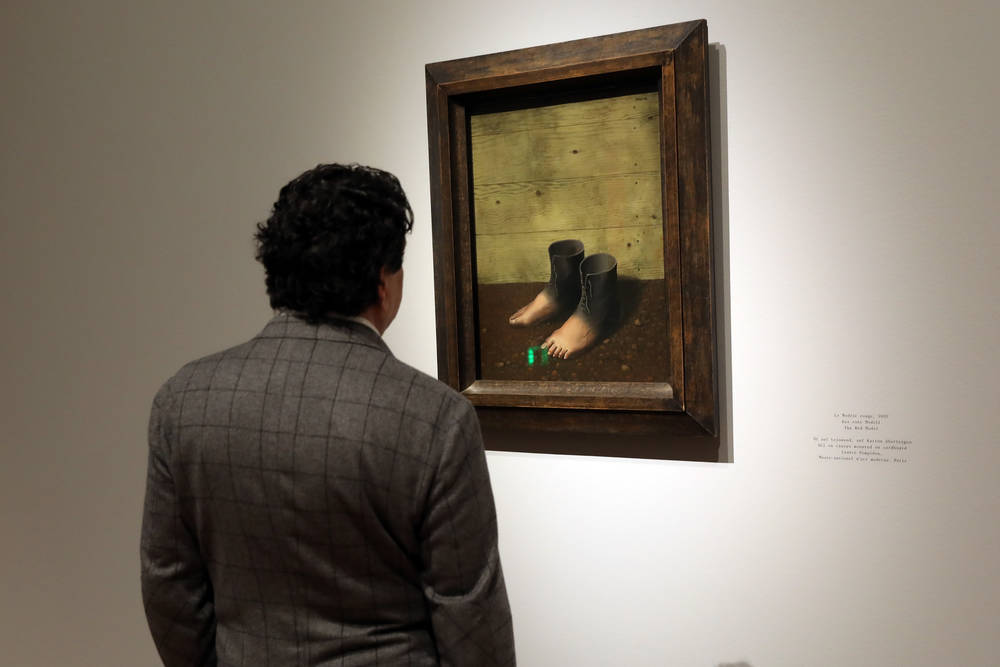
In a piece for the Communist Party Magritte developed the idea that art should not be limited “solely to the expression of political ideas […] or the edifying portrayal of familiar scenes from the life of the worker.”
Luxury for the working class
Admittedly, he conceded initially that “the pictorial realization of political ideas” was useful for class consciousness, but true art was a luxury of thinking and luxury was by no means harmful for laborers: “Class consciousness is as necessary as bread; but that does not mean laborers should be condemned to bread and water, or that it would be harmful for them to wish for chicken and champagne. After all, if they are Communists, then because they can achieve a better, more human life. For the Communist painter, the justification of artistic activity lies in realizing pictures that are a luxury of thinking, a luxury for a communist society, and that are needless to say different from the useless, ostentatious and tasteless luxury of today’s exploiting classes.
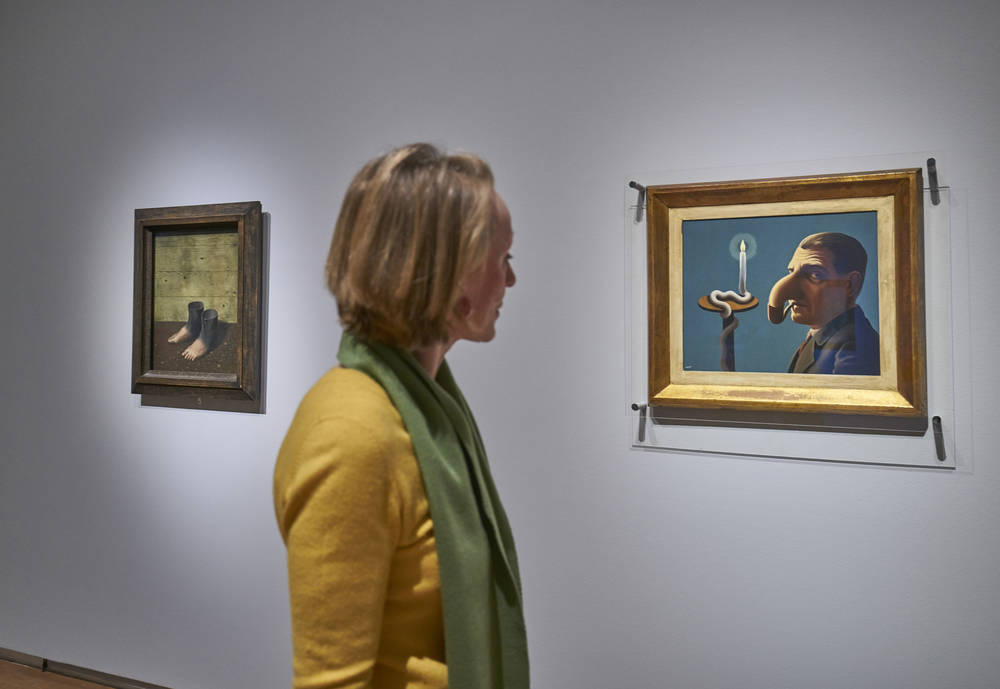
Wanting to systematically exclude this luxury from the Socialist world would mean consenting to a culpable and dirty organization of mediocrity, at least on the philosophical level. A better life cannot be imagined without a true luxury.”
Socialist in content, realistic in form
In a confidential text written in the summer of 1946 to the Communist intellectuals, Magritte questioned the dogma of the Communist Party, which demanded an easily accessible art whose task was to “praise the Marxist victories and their ideas or to distribute them”. This led to a standstill and impeded the liberation of a person: “This understanding of art is identical in every respect to that so honored by the Nazis. […] So it is surprising to find among Marxist theorists the same distrust of art forms whose publication opens up additional opportunities for the growing liberation of people. This (mistrust) is a danger, which absolutely must be made public.”
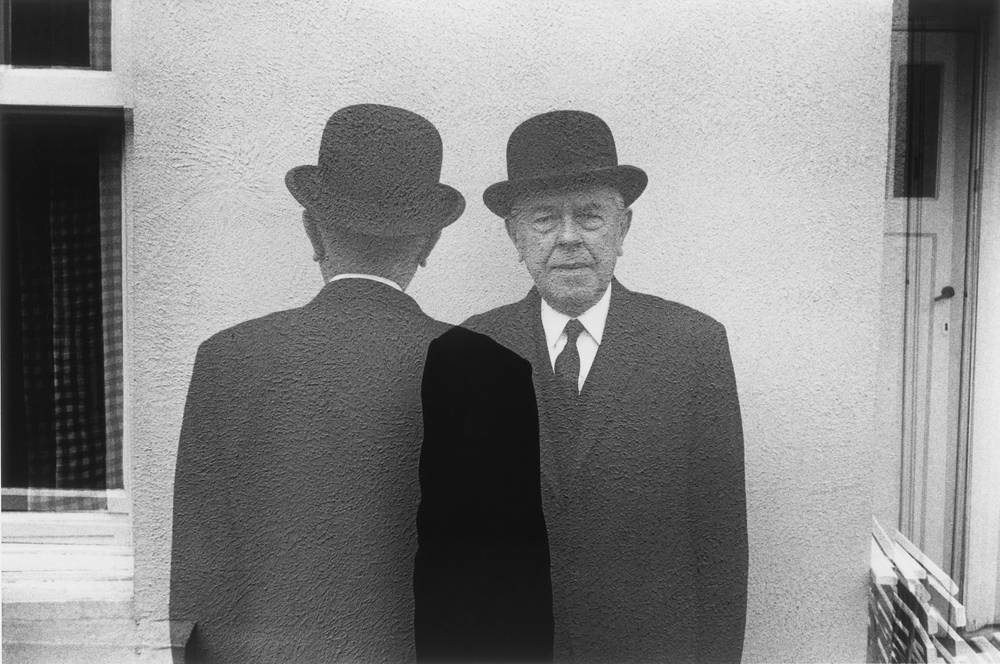
Initially, Magritte himself produced propaganda art, as evidenced by two designs for the Belgian textile workers’ headquarters . They reflect the style of Socialist Realism, which described itself as “realistic in form, socialist in content”, and generally speaking was uninspired functional art.
Alienation
The sketches were rejected, and Magritte’s proposals for a truly revolutionary art also fell on deaf ears: “We were dealing with people hard of hearing. I was asked to produce two or three ideas for posters. All of them were rejected. Conformism was just as evident in this milieu as in the most bigoted middle-class circles. After a few months I gave up trying, and after that had nothing more to do with the Party. You cannot talk of my being excluded, or severing relations, but there was a complete alienation, and a final distancing on my part.”
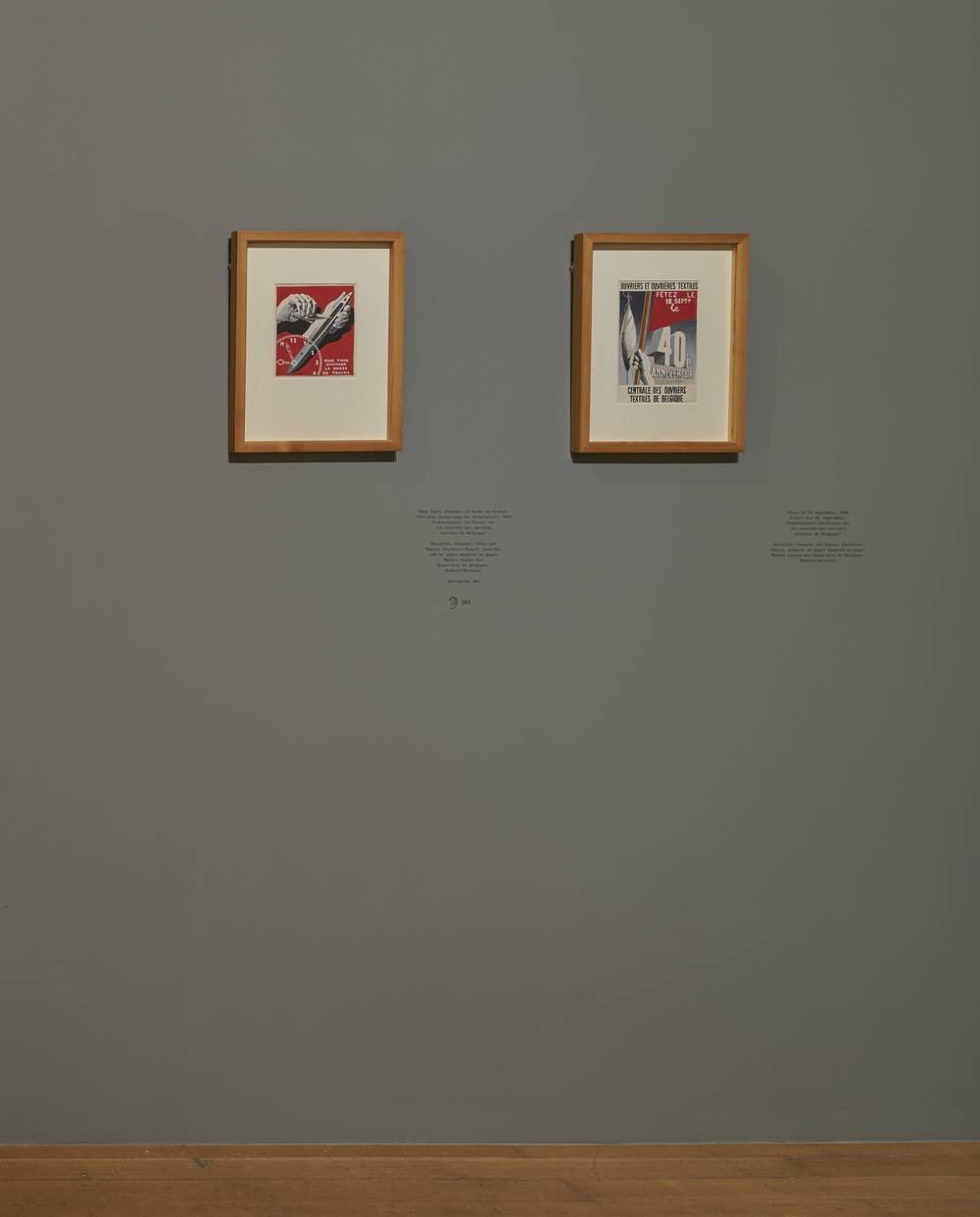
Asked whether her husband’s decision to join the Communist Party was connected with his reading of philosophy, Magritte’s wife Georgette is to have said later: “Oh no, that was after the war, when there was a general mood of gratitude towards the Russians. Some of his friends were themselves members, but after a very short period he lost interest.”
For World Peace
Outside the Communist Party Magritte also remained an idealist, who dreamt of world peace, his entire lifetime. “I do not feel equipped for political battle, neither in terms of competence nor in terms of energy. But I attach importance to you saying that I am and remain for ‘Socialism’ … in other words for a system that would do away with the inequalities of wealth, obligations and wars. In what form? Using what means? I do not know, but this is what I support, despite failures and disappointments.”
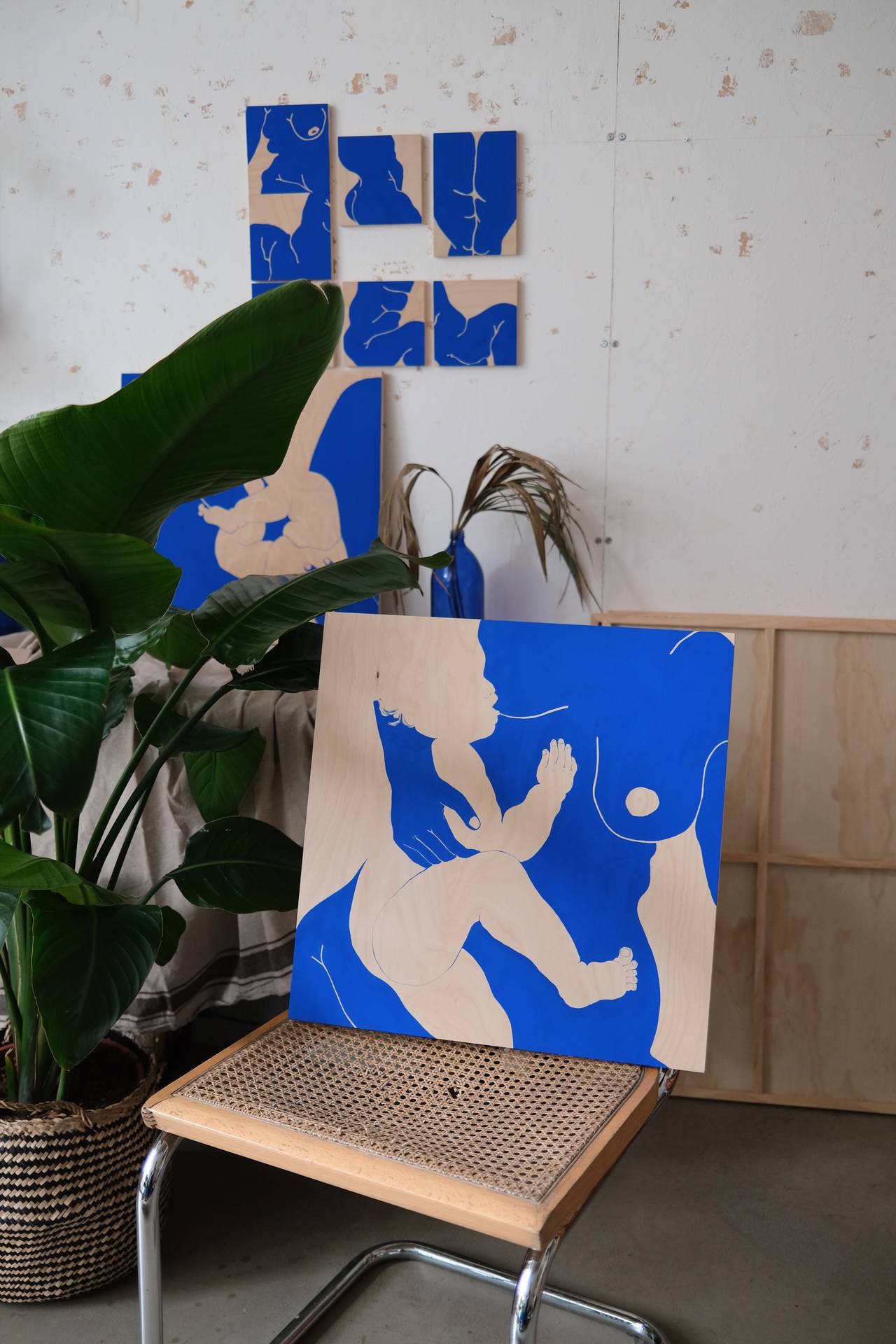
Motherhood and Art. Children as Puzzle Pieces
In her works, artist Laxmi Hussain explores the special physical closeness of being a parent. At the same time, she calls for a more realistic...
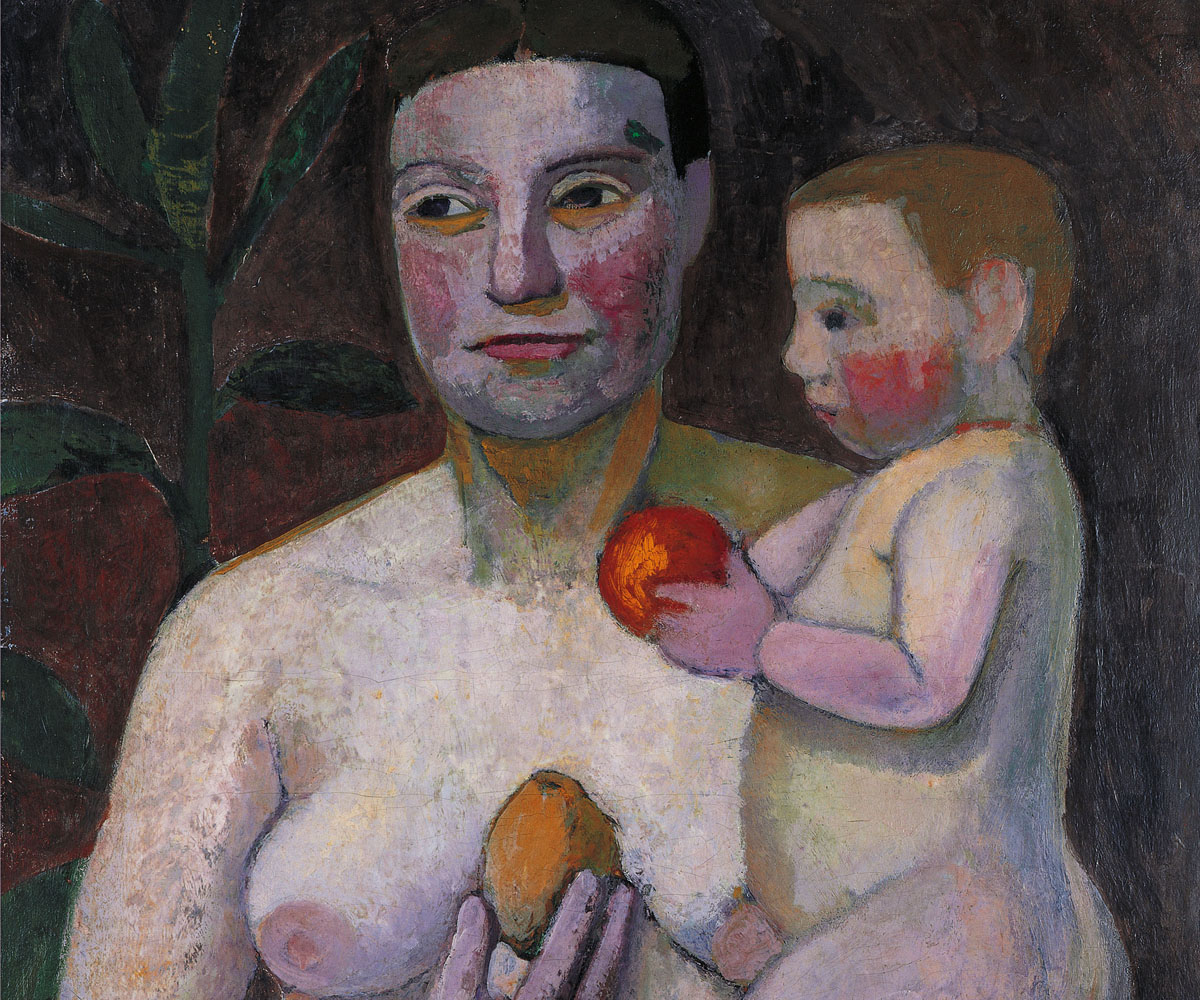
Reconquering the Female Body
An act against the macho eye: Author Jovana Reisinger on naked female bodies in painting.
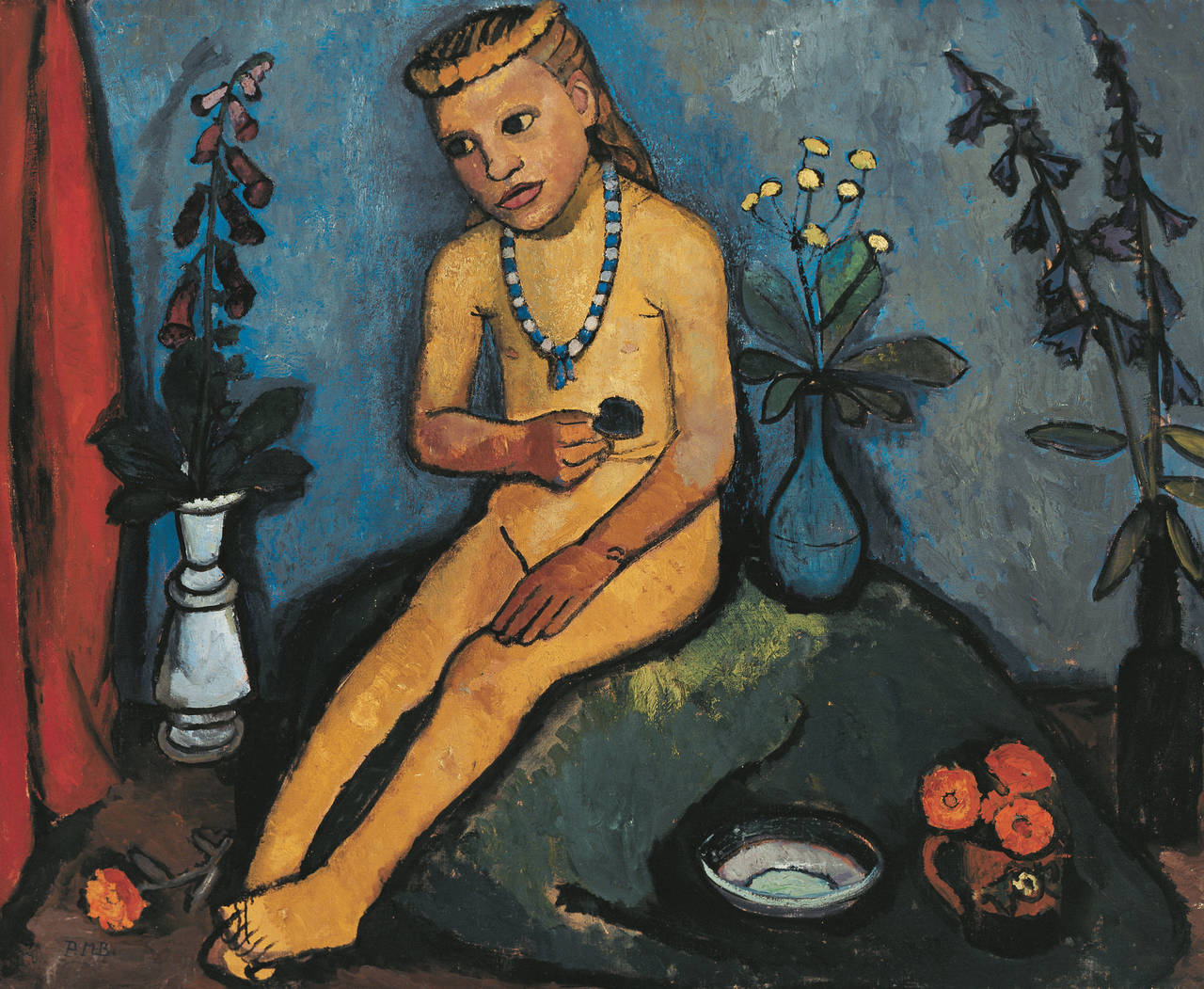
Mysterious Messages and the Charm of the Everyday
Paula Modersohn-Becker is an icon of art history. When she died at the age of only 31, she left behind an extensive and sometimes enigmatic body of...
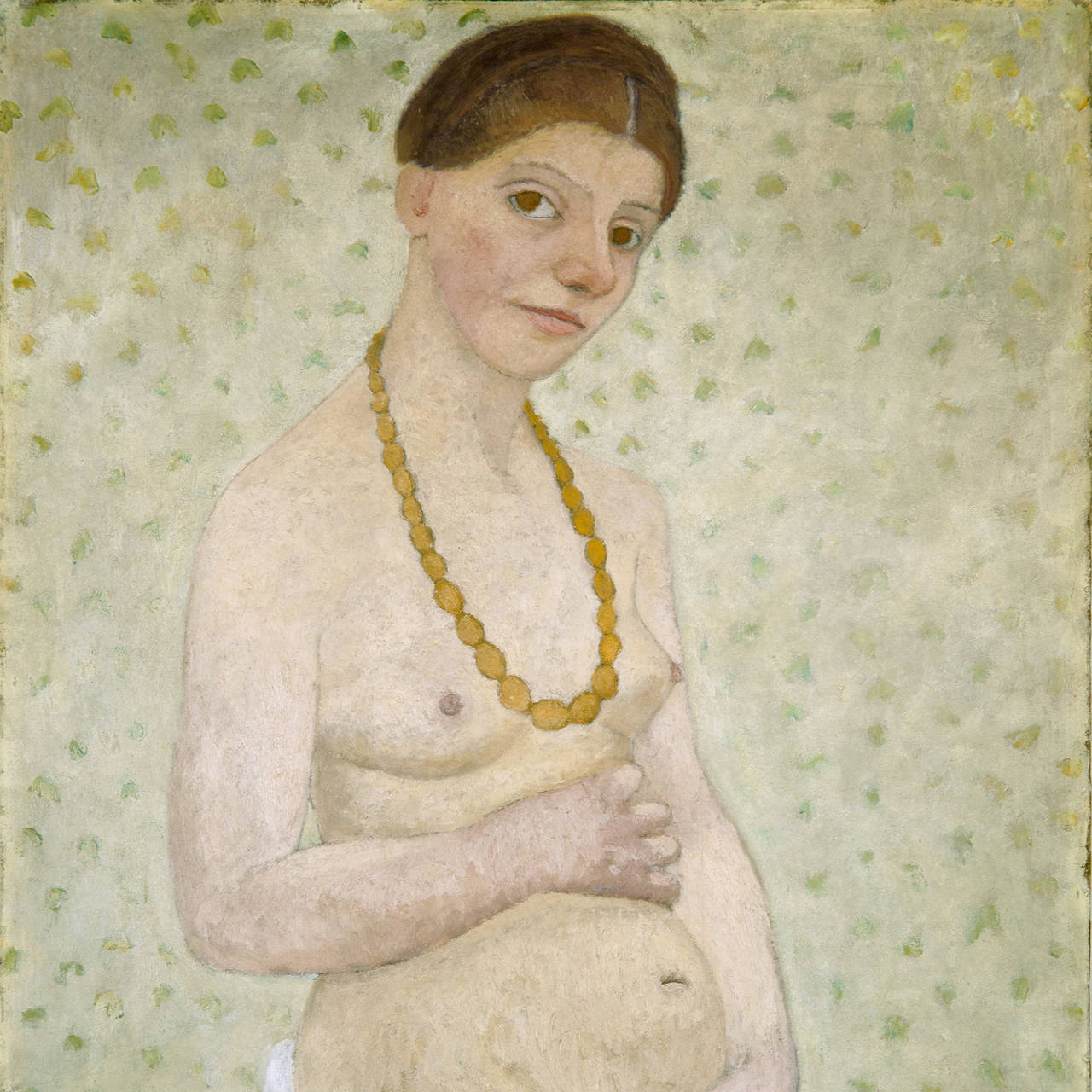
The Self-Portrait Experiment
Self-portraits offered Paula Modersohn-Becker space for artistic experimentation with form, color and technique. We took a closer look at how she...
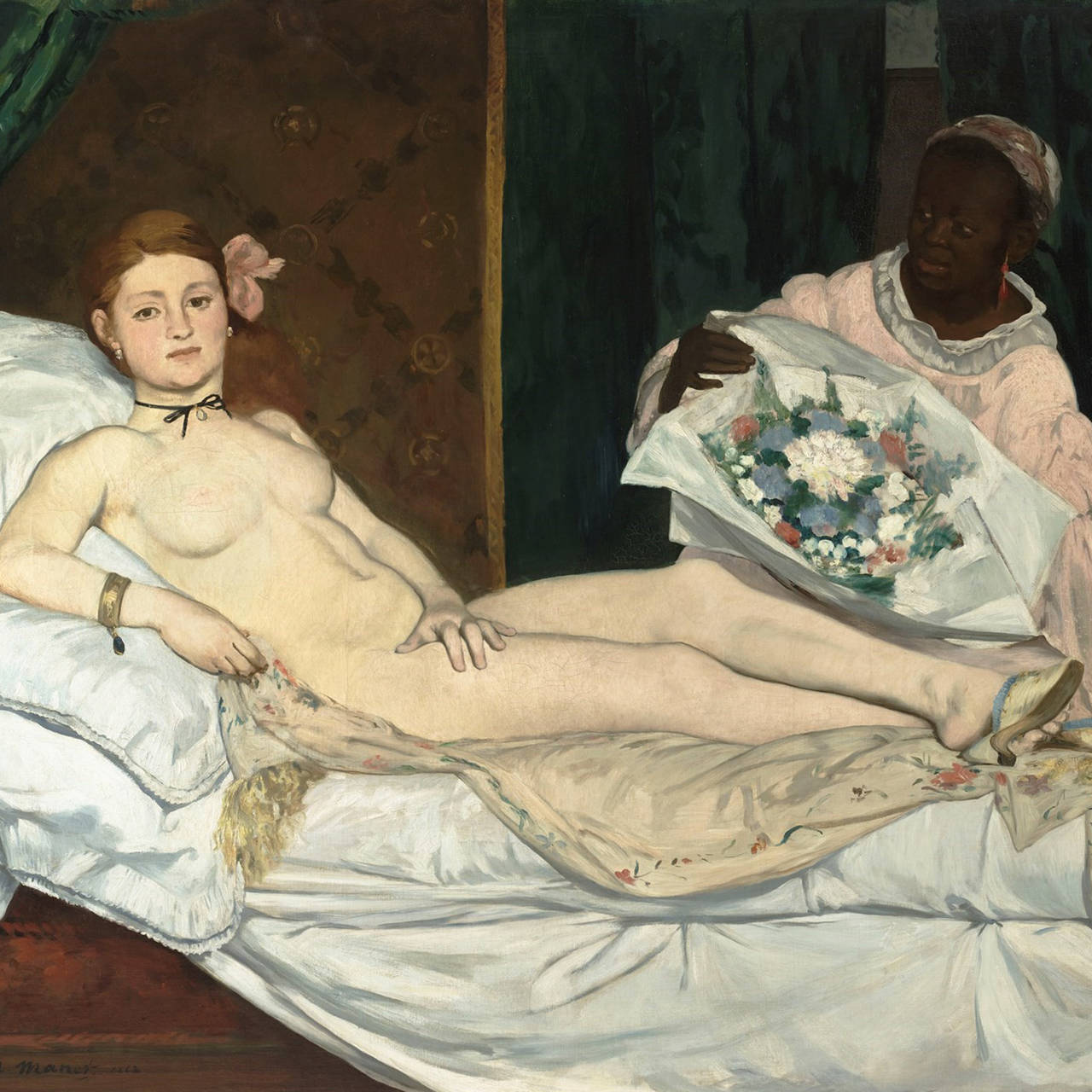
Emerging from Anonymity
In 2019, an exhibition at the Musée d’Orsay put Black models in the spotlight of art (history). Dagara Dakin explains why it was so important to...
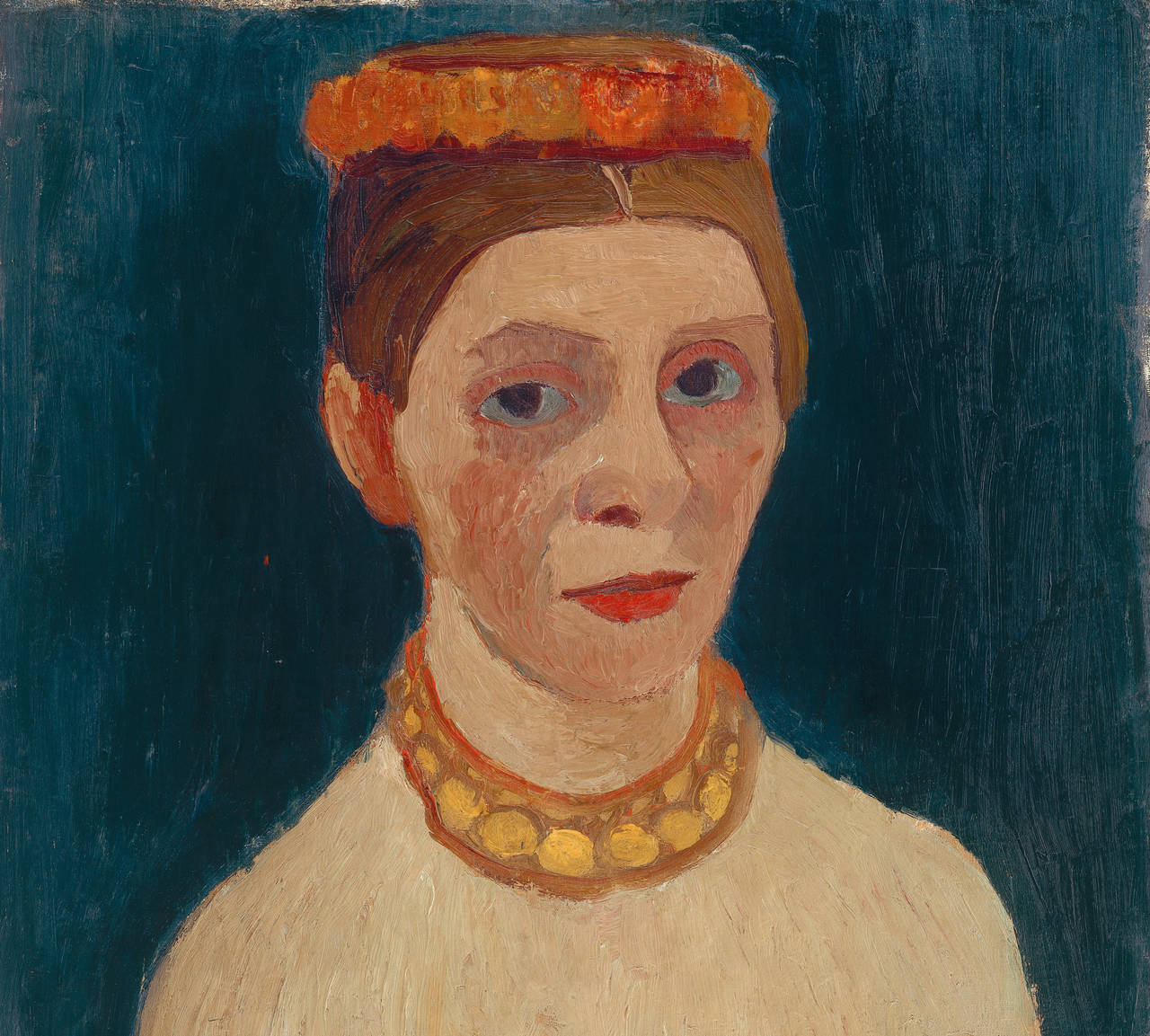
Artistic Freedom Despite Marriage
At the beginning of the 20th century, bourgeois marriage was considered the ideal. Paula Modersohn-Becker and Charlotte Berend-Corinth are rare...
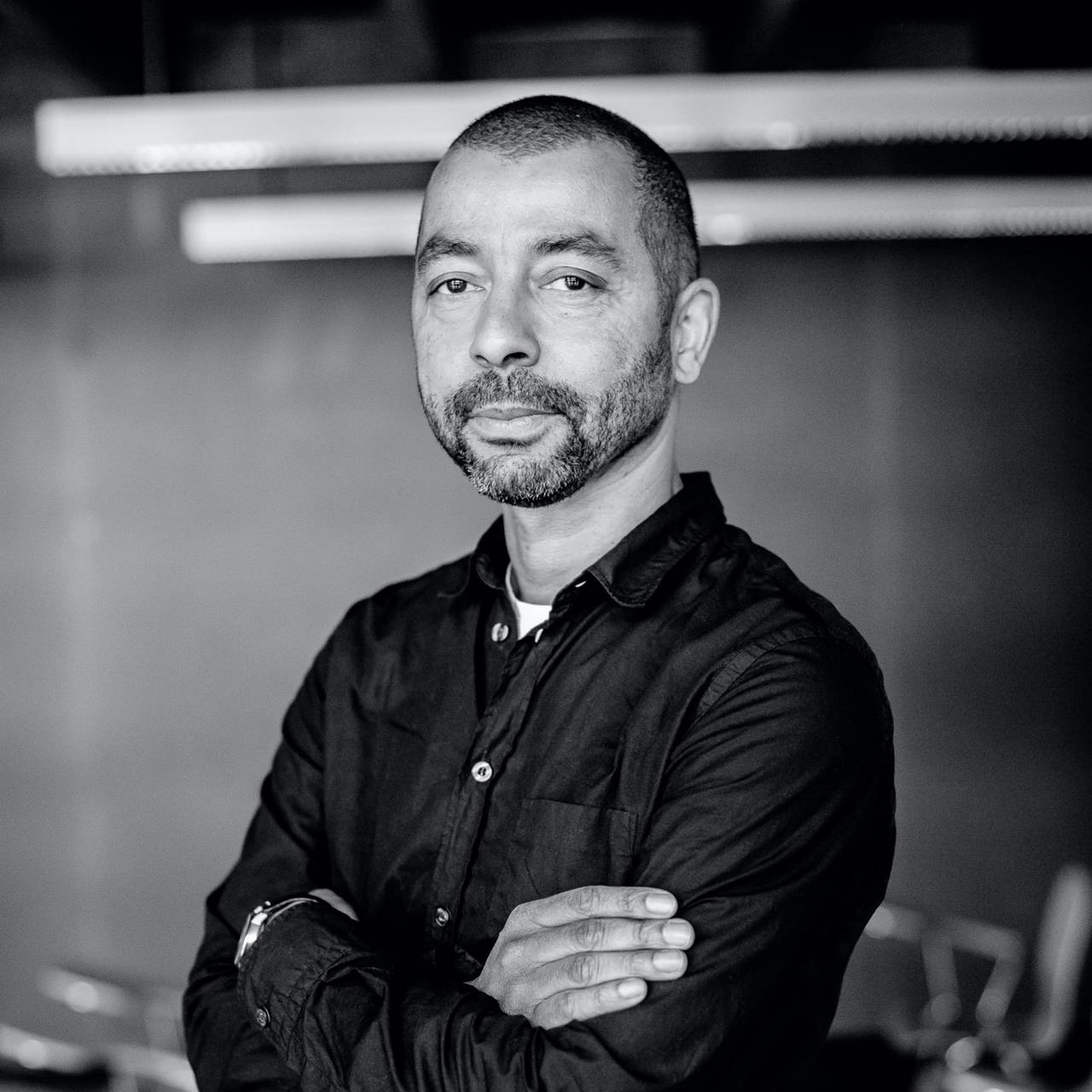
Black is not a Color
In a film series, Oliver Hardt combines the themes from Kara Walker’s work with the perspectives of Black people in Germany. In conversation with...
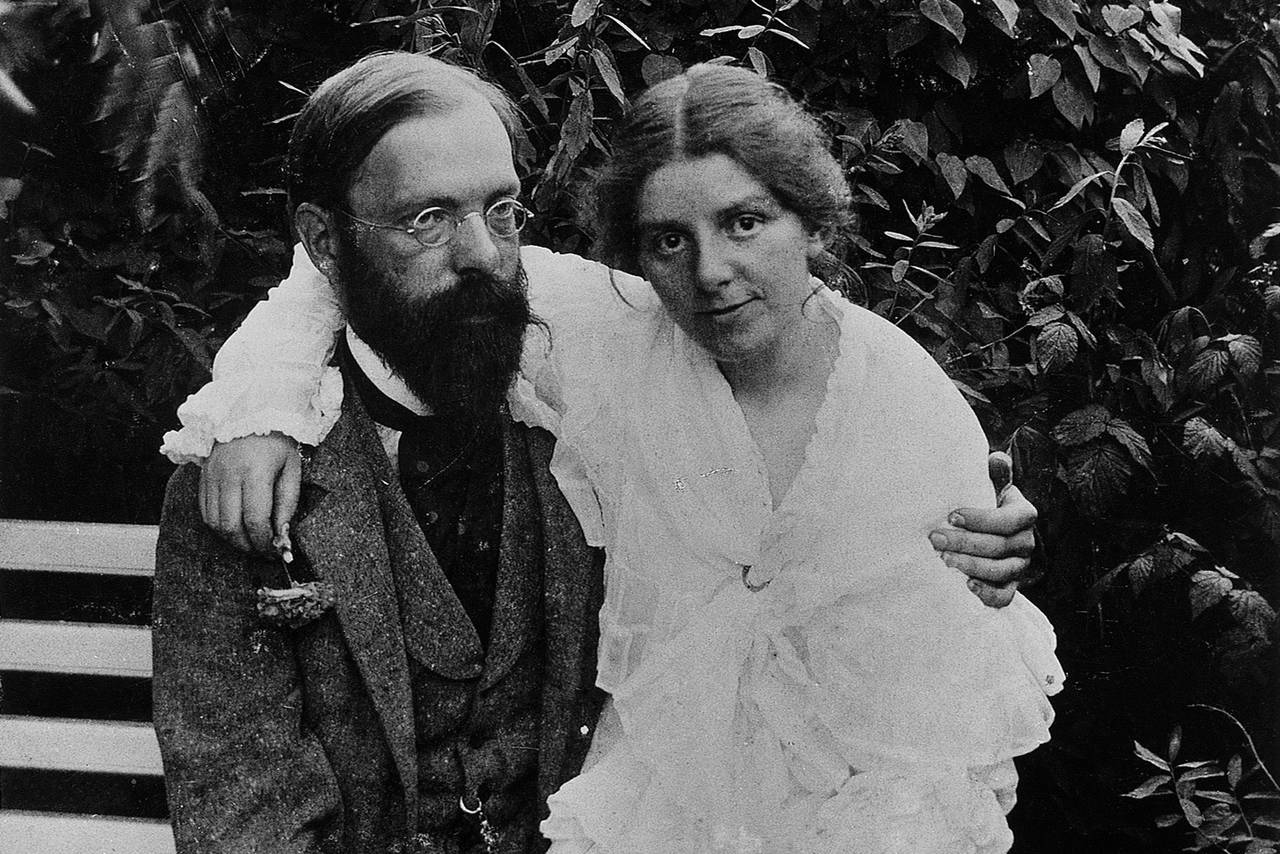
The Private Life of Paula Modersohn-Becker
At first it was only the artist’s thoughts that could be read in letters and her diary. Then Otto Modersohn’s letters and diary entries came to light....
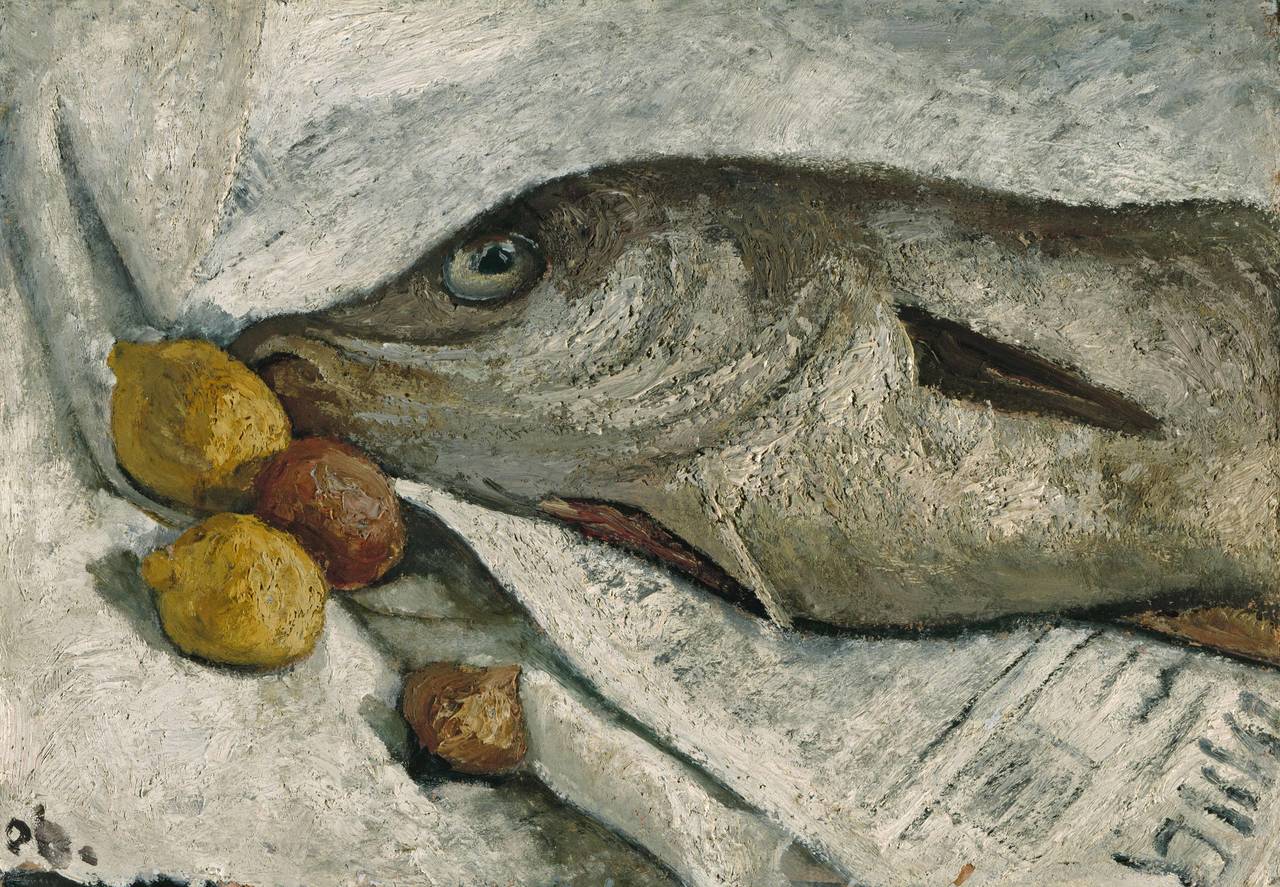
Coming Soon: Paula Modersohn-Becker
With a comprehensive retrospective, the Schirn illuminates how Paula Modersohn-Becker anticipated central tendencies of Modernism.
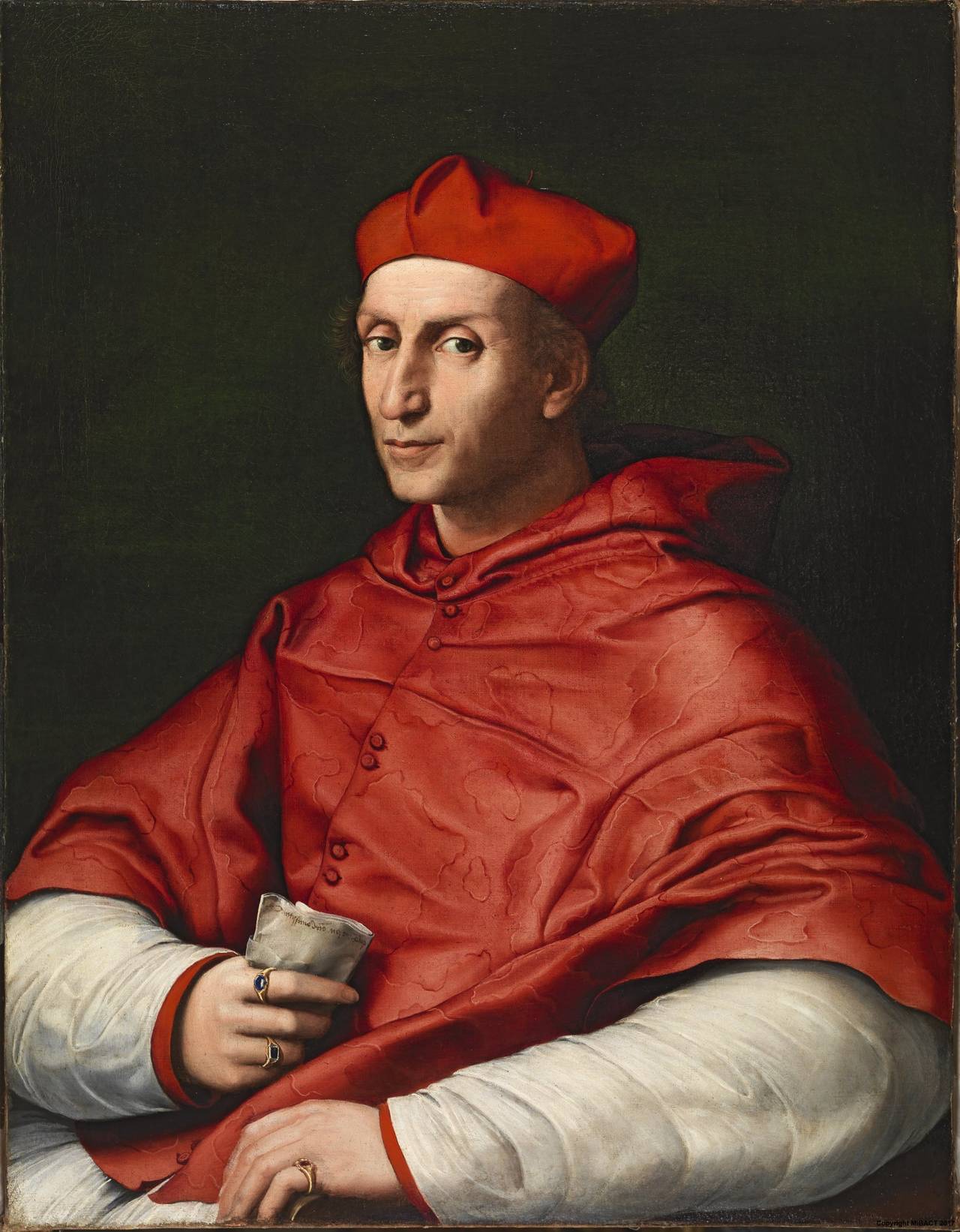
Seeing Red
Red is the color of love? Far from it. The pigments and shades are as varied as the manner the color red is used in art. Our Top Ten!